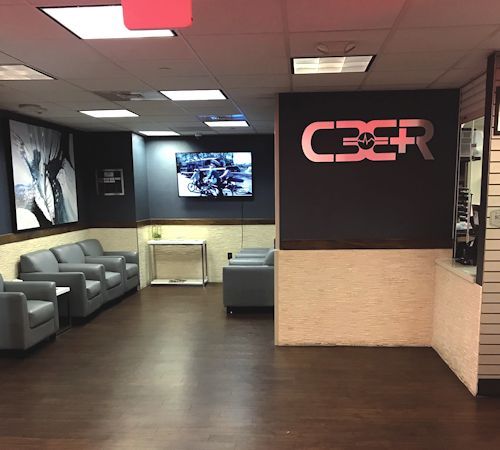McCarran International Airport (LAS) in Las Vegas offers customers and employees in need of immediate medical attention a welcome respite in Terminal 1. The Code 3 Urgent Care, located before the A/B security checkpoint, is the privately owned and operated facility with three patient rooms, an on-site X-ray machine and laboratory. In addition to treating ailments such as flu, strep throat, sprains and strains, it also offers employment physicals and drug testing.
Michael Oram, contract specialist for the Clark County Department of Aviation, believes that the concept is hitting on all cylinders. “We thought (urgent care) was a great idea, as it adds extra value of service to our passengers and our employees, too,” explains Oram. “It is certainly a lot easier to take care of a cold or injury right on site.” In operation since June 2017, fully 75% of the clinic’s business comes from airport and airline employees; 25% of patients are passengers. This winter, most visits were for basic respiratory and sinus infections, fevers, colds and the flu. “I look forward to being in Vegas through an entire seasonal shift, just to see how things change,” says Adam J. Daley, director of Airport Operations for Code 3 Emergency Partners. Last summer, the staff treated a lot dehydration cases—self-inflicted or otherwise, he notes.
After less than six months, the clinic had a lot of repeat patients coming in for “concierge services” such as restorative IVs and B12 shots. Accidents tend to be the majority of one-off visits, says Daley.
“If somebody falls, sprains an ankle, or if they suddenly have a break, we can take X-rays on site; and we have crutches, slings and boots to help stabilize an injury,” he explains. “If somebody has sliced their finger on a knife while cutting meat in a restaurant, or they get cut on the job, we can provide laceration repairs, stitches, staples, glue…whatever is appropriate.”
Rapid on-site lab testing allows Code 3 to screen for strep throat and flu, as well as provide urinalysis drug testing (pre-employment and post-accident).

 LinkBack URL
LinkBack URL About LinkBacks
About LinkBacks



 Reply With Quote
Reply With Quote

Bookmarks